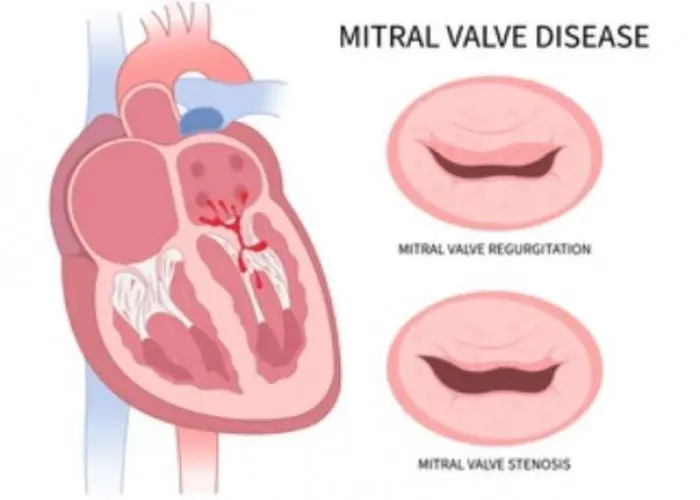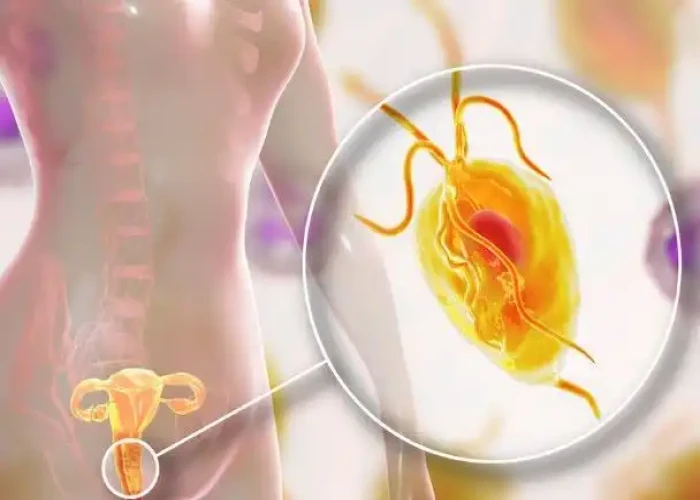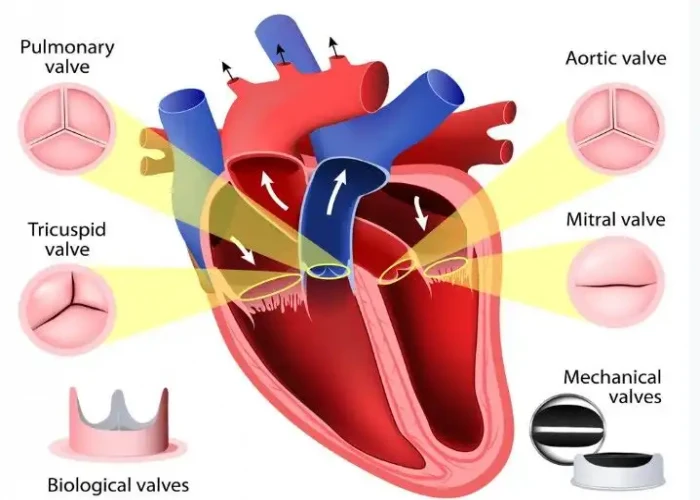 Welcome
Welcome
“May all be happy, may all be healed, may all be at peace and may no one ever suffer."
Tricuspid valve disease

Tricuspid valve disease is a condition that affects the tricuspid valve, one of the four valves in the heart that control blood flow through the heart. The tricuspid valve is located between the right atrium and right ventricle and helps to regulate blood flow from the body to the lungs.
Tricuspid valve disease can occur in two forms: tricuspid valve regurgitation (also known as tricuspid insufficiency), which occurs when the valve fails to close properly, allowing blood to flow back into the right atrium; and tricuspid valve stenosis, which occurs when the valve becomes narrowed or blocked, impeding blood flow from the right atrium to the right ventricle.
Symptoms of tricuspid valve disease may include shortness of breath, fatigue, swelling in the legs or abdomen, and irregular heartbeat. In some cases, tricuspid valve disease may be asymptomatic and detected only during routine medical exams.
Diagnosis of tricuspid valve disease is typically made through imaging tests such as echocardiography or cardiac MRI, which can help assess the severity of the valve dysfunction and guide treatment decisions. Treatment for tricuspid valve disease may involve medications to manage symptoms and reduce the risk of complications, such as diuretics to reduce fluid buildup or anticoagulants to prevent blood clots. In more severe cases, surgical or minimally invasive procedures may be necessary to repair or replace the valve.
The outlook for people with tricuspid valve disease can vary depending on the severity of the condition and the effectiveness of treatment. With appropriate medical care and close monitoring, many people with this condition are able to manage symptoms and maintain good heart health.
Research Papers
Disease Signs and Symptoms
- Heart disease
- Heart valve problems
Disease Causes
Disease Prevents
Disease Treatments
Disease Diagnoses
Disease Allopathic Generics
Disease Ayurvedic Generics
Disease Homeopathic Generics
Disease yoga
Tricuspid valve disease and Learn More about Diseases

Aortic valve regurgitation

Diarrhea

Kidney stones

Broken nose

Dyslexia

Trichomoniasis

Lichen sclerosus

Oppositional defiant disorder (ODD)
tricuspid valve disease, ট্রাইকসপিড ভালভ ডিজিজ
To be happy, beautiful, healthy, wealthy, hale and long-lived stay with DM3S.
